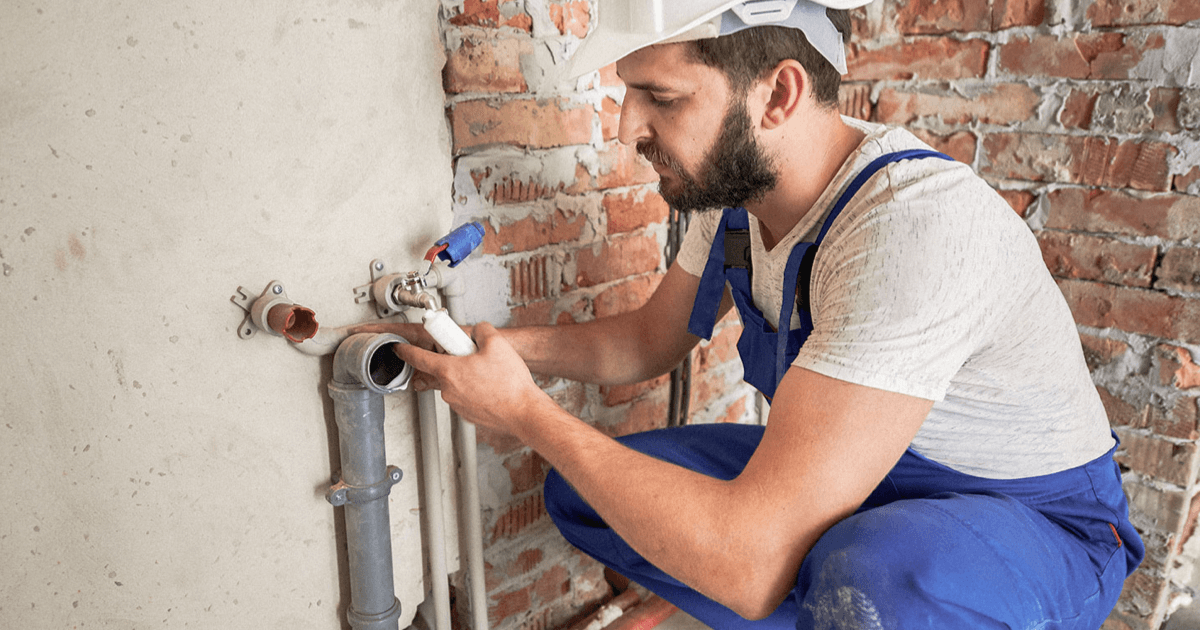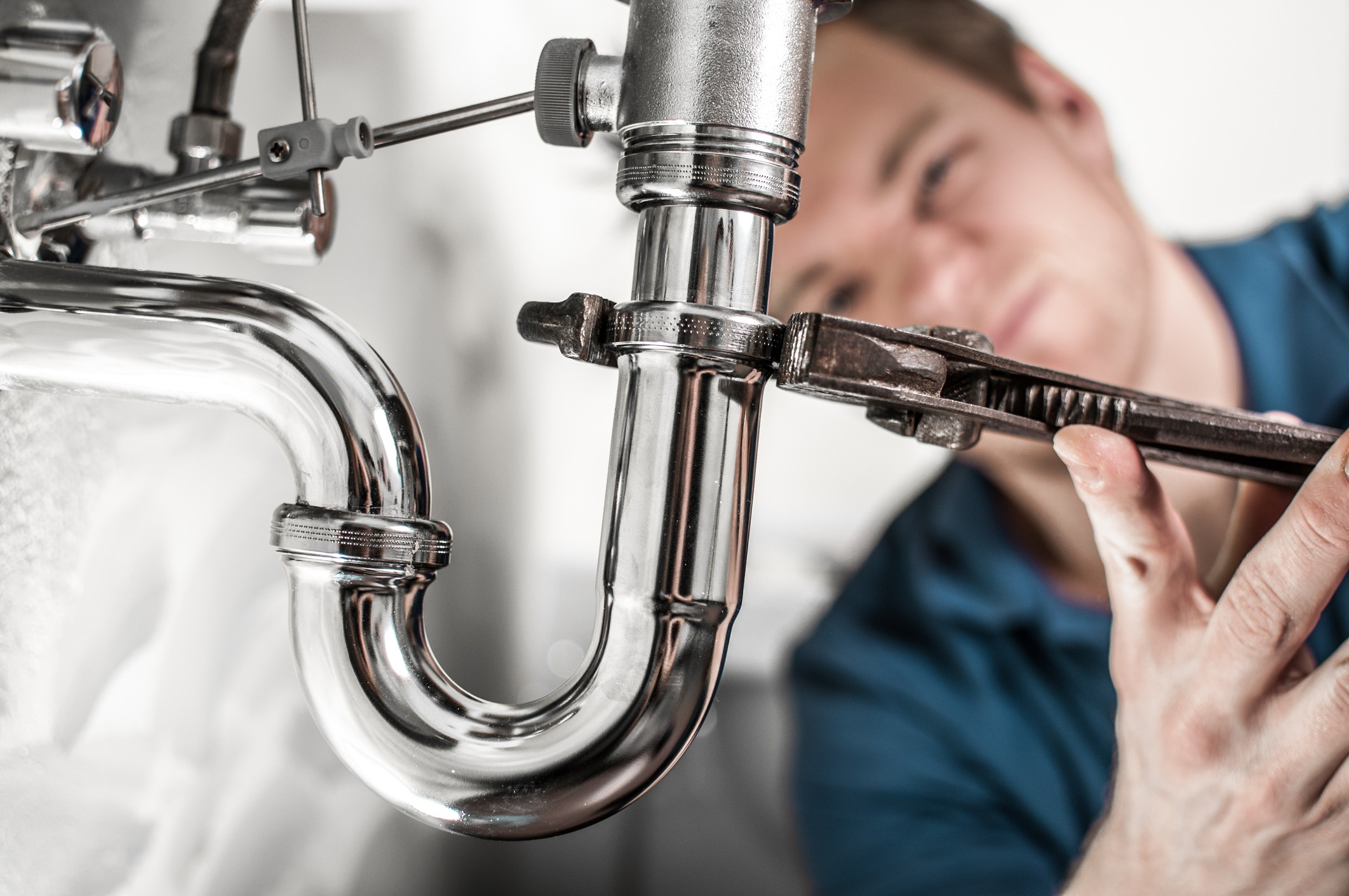Budget-friendly Plumbing Services Alabaster AL for each Budget
Budget-friendly Plumbing Services Alabaster AL for each Budget
Blog Article
A Detailed Overview to Reliable Water Heating Unit Installment for Optimum Performance
Embarking on the job of installing a hot water heater is a venture that requires accuracy and a systematic approach for attaining optimum performance. The procedure starts with the vital choice of choosing the ideal heating system customized to the particular needs of your house, considering factors such as power, type, and dimension resource. When selected, preparing the installation area to fulfill safety requirements is extremely important. Nevertheless, the trip does not finish right here. As you proceed, the complexities of connecting water supply lines and setting up dependable electric or gas connections wait for, appealing insights into guaranteeing performance and dependability.
Selecting the Right Hot Water Heater

Following, take into consideration the dimension and capacity of the water heater. It's important to assess your home's warm water demands, which can vary based upon the variety of residents and their usage patterns. A system that's also small might bring about inadequate hot water, while an extra-large design could lead to unnecessary power usage.
Effectiveness rankings likewise play a critical role in choice. Try to find water heating systems with high Power Variable (EF) ratings, indicating exceptional performance and decreased energy usage. Tankless versions, though commonly more costly upfront, deal significant energy cost savings gradually as a result of their on-demand home heating capabilities.
Preparing the Installation Location
Prior to installing a brand-new water heating unit, precise preparation of the setup area is crucial. It's crucial to measure the room meticulously to accommodate the water heater's measurements, guaranteeing sufficient clearance around the system for efficient procedure and maintenance.
Check the flooring for security, as the water heater will certainly need a solid, degree surface area to run successfully. If essential, set up a drip pan below the device to capture possible leaks or spills, avoiding water damage to the surrounding location.
In addition, guarantee that all necessary devices and products are on hand before beginning the installment. This consists of products such as wrenches, screwdrivers, a level, and any added hardware needed for protecting the heating unit and placing. A well-prepared installment location establishes the foundation for an effective hot water heater setup, enhancing performance and safety and security.
Connecting Water System Lines
When linking supply of water lines to your recently mounted hot water heater, it is important to make sure that all connections are leak-free and secure to maintain reliable procedure and protect against water damages. Begin by determining the chilly and hot water lines. The cool water inlet is generally marked with a blue label or a "C", while the warm water outlet is noted with a red label or an "H".
Use versatile water heating unit ports to promote a less complicated installment procedure. Prior to Click Here connecting the adapters, put a plumbing professional's tape around the threaded ends of the water heating system's inlet and outlet pipelines.
When links remain in location, slowly turn on the main water shutoff. Evaluate each link for leakages by aesthetically really feeling and checking for dampness. Tighten links as required, and ensure the stress relief shutoff is correctly mounted, protecting against excessive pressure accumulation.
Establishing Up Electrical or Gas Links
Effectively establishing the electric or gas links for your water heating system is a vital action to make sure secure and efficient operation. For electrical water heaters, start by verifying that the electrical circuit works with the heating system's voltage and amperage requirements. Guarantee the power supply is shut off at the circuit breaker to stop mishaps. Attach the electric cords to the heater complying with the maker's circuitry layout. Normally, this includes connecting the ground cable to the eco-friendly terminal, and the continuing to be cords to their corresponding terminals, protecting each with cable nuts.
For gas water heaters, safety and security is paramount. Connect the gas line to the water heating unit utilizing a versatile gas connector, ensuring it is appropriately threaded and secured with pipe joint compound or Teflon tape appropriate for gas connections.
Once links are made, evaluate for any potential leakages. For gas lines, use a soapy water service to the joints; bubbles suggest a leakage. For electrical links, verify that all circuitry is protected and effectively insulated, keeping conformity with local electric codes.
Checking and Readjusting for Performance
With the electrical and gas links firmly in place, the next step is assessing the functional effectiveness of your water heating system. Begin by thoroughly transforming on the water supply and making certain there are no leakages at any of the valves or joints.
Next, execute a complete inspection to ensure the heating aspects or gas heaters are operating appropriately. For electric heating units, make use of a multimeter to verify if the components are attracting the proper present. In gas models, observe the burner fire; more tips here it ought to be blue and constant, suggesting reliable combustion.
Adjust the setups as essential to get rid of inadequacies. Think about executing insulation measures, such as adding a hot water heater covering, to better improve performance by decreasing warm loss. In addition, check the anode pole's condition, as a shabby rod can reduce efficiency and bring about storage tank corrosion.
Final Thought
Effective water heater installation is discover this essential for making certain optimum efficiency and power cost savings. By picking the appropriate type and dimension, and diligently preparing the setup location, a foundation for success is established. Safely attaching water lines and thoroughly establishing electrical or gas links reduce potential issues. Detailed testing for leakages and precise thermostat adjustments to 120 ° F improve integrity and effectiveness. Sticking to these actions promotes long-lasting performance and power conservation in residential water heating unit.

Correctly setting up the electric or gas links for your water heater is an important step to make certain secure and efficient operation. For electrical water heating systems, begin by validating that the electric circuit is compatible with the heater's voltage and amperage requirements. Attach the gas line to the water heating system making use of an adaptable gas adapter, ensuring it is effectively threaded and sealed with pipeline joint compound or Teflon tape ideal for gas connections.
Report this page